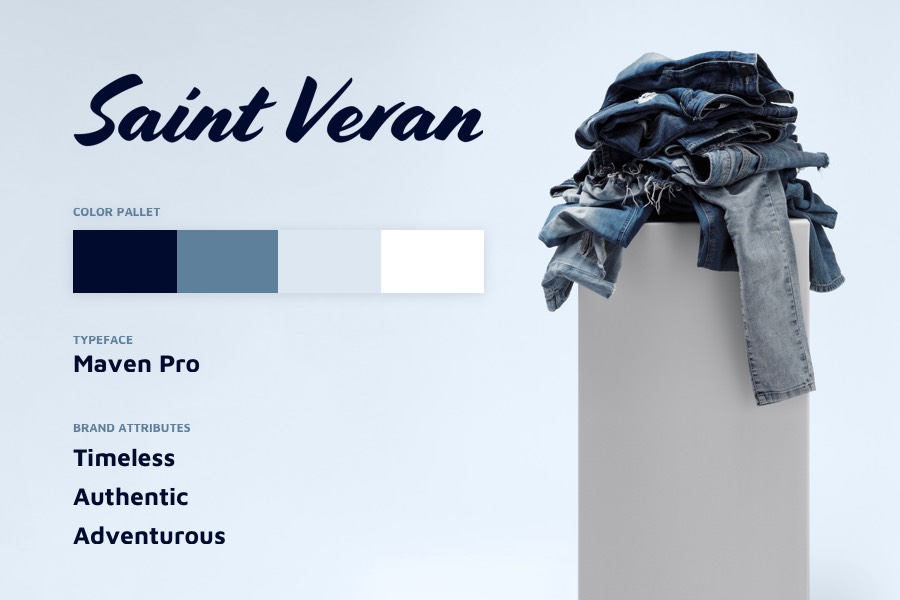Chapter 3
Elements of Branding

Let’s take a look at a few important stats to give you a sense of how much brand encompasses and how to break down each component.
Emotional Connection
In order to separate your business from the rest it’s important to build an emotional connection with your target audience. In fact, 94% of respondents in a brand engagement study said that they would be highly likely to recommend a brand that they were emotionally engaged with.
We tend to trust recommendations from our friends over paid advertisements — and word of mouth marketing can have a viral affect. So much so that 84% of people purchase a product because of a referral, even if they don’t directly know the person.
By establishing an emotional connection with your customers, you have an opportunity to build loyalty. And once a customer is loyal, they’re much more likely to share their experience with their friends and start sending more potential buyers to your site.
Authenticity
With so much branded content out there, it’s easy for customers to get tired or overwhelmed. The best way to break through the noise is to keep any content or interactions real. 91% of consumers said that they are more likely to buy from an authentic brand than from a dishonest brand.
It’s also important to create content with your audience in mind. For example, shoppers who are interested in skateboarding might have different expectations from a brand than shoppers who are interested in needlepoint.
No matter who your target customer is, 80% of consumers say “authenticity of content” is the most influential factor in becoming a follower of a brand.
Colors, Logo and Brand Recognition
Color is an important component of your visual brand identity. Color can be used to draw visitors to your website and can even increase online sales. When it comes to your brand, the color palette you choose can increase your brand recognition by up to 80%.
Your color scheme may seem elementary, but it’s been proven to command attention and create an emotional connection with online visitors. In fact, the right color can improve readership by 40% by making messaging easier to read and more visually appealing.
Once you’ve nailed your primary colors, consider your logo design. While it’s true that a great logo can make a business instantly recognizable, it’s also clear that a logo isn’t the most important part of brand recognition.
Start with a name and a color palette, then get a logo that works and go from there. You can always revisit your logo in the future. Some of our favorite logos have evolved over the years into something sleek and streamlined (check out the Nokia example, whose logo was inspired by the salmon of the Nokianvirta River.)
When you consider the fact that 77% of consumers make purchase decisions based on a brand name and it takes consumers 5-7 impressions to recognize a logo, it’s a no brainer why creative entrepreneurs typically focus on the name and logo of their business first.
Consistency
Being consistent with how your business shows up to the world will make your brand more recognizable. It’s been found that presenting a brand consistently leads to an average revenue increase of 23%.
Furthermore, 90% of consumers expect that their brand experience will be similar across all platforms and devices.
Both of these statistics are huge when you’re looking at branding in your business. It can’t be emphasized enough how important it is to understand your brand personality and communicate it to the world consistently, so how do you actually do that?